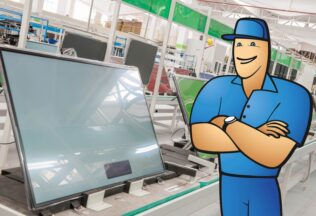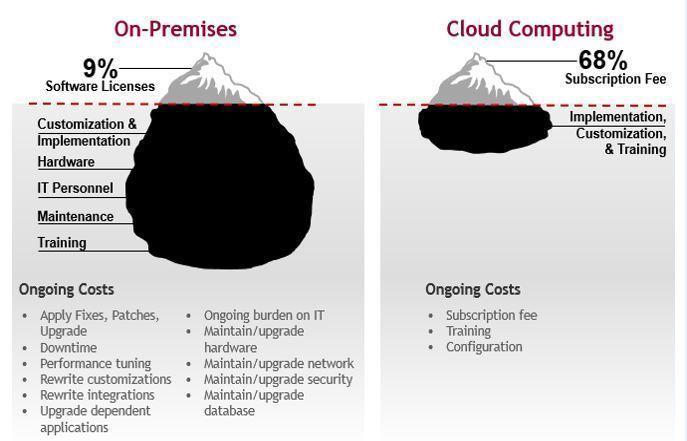INFOGRAPHIC: Top 5 Mistakes When Implementing ERP Software
This time our Customer Success team put together the top 5 mistakes to avoid when implementing ERP/MRP/Manufacturing software. Do you agree with that list?

1. No C-level Commitment (CEO, CFO, CMO, etc..)
Often we are contacted by employees of the manufacturing company who see that there is a need for a modern ERP system. However, management is not informed of problems and possible solutions. They are not interested in finding a solution or are not actively supporting the project.
What to do instead: If you’re a regular employee, involve the management as early as possible. Communicate to the management about the problems that need solving, and after propose and demonstrate possible solutions. Get them on board, or it will fail.
2. No Employee Commitment
Opposite of the first point. Management sees the benefits but employees are not willing to learn and use the new system and are possibly undermining the project.
What to do instead: Gather heads of all department, get them on board. Talk to front-line workers, inform them of the benefits they receive in addition to the greater good the company receives. Keep everyone in the loop. It is important to communicate actively.
3. Going Live Too Early
Starting to use the software before learning how to use it.
What to do instead: First, understand your issues and needs. Then test and pilot. Then plan the go-live stage-by-stage. Then go live.
Please note that fully implementing of ERP system may take several months.
4. Not Setting a Person Who Is Responsible For Implementing the Software
If responsibility is divided, then it’s no one’s responsibility to make this happen.
What to do instead: Assign a dedicated implementation project manager, then make a detailed project plan which has areas of responsibility clearly divided. Get everyone to sign it.
A good example can be found here: https://www.mrpeasy.com/files/manual.pdf
5. Not Documenting How to Use the Software In the Company
It is necessary to train new employees and retrain old employees. In addition, over time the company will experience “brain-drain” since experienced users may leave the company.
What to do instead: Document processes by employee roles, how to act in various scenarios. Get a testing environment and make sure every employee has played through all the situations before they get to touch the live system.
Good Luck!
You may also like our infographic: Top 7 Mistakes When Searching MRP / ERP Software.



